Berghaus Dragon’s Back Race 2017
Events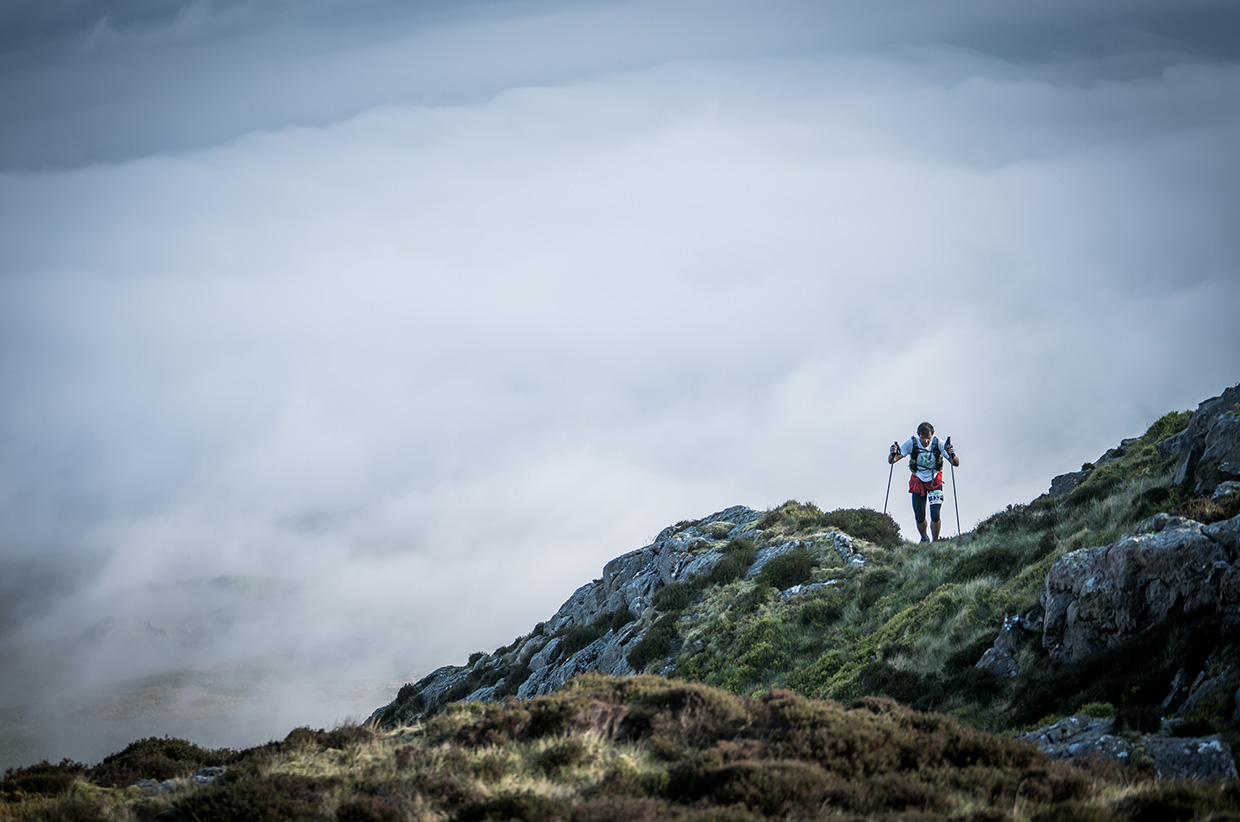 Photo: ©iancorless.com
Photo: ©iancorless.com
Written by Alfie Pearce-Higgins // Photography by Ian Corless & Guillem Casanova
Apsley Cherry-Garrard famously described polar exploration as the ‘cleanest way of having a bad time which has been devised’. There were moments in the last week of May when the Welsh mountains felt like they might run a close second.
The cause of this unbridled misery was the Berghaus Dragon’s Back Race, a five-day footrace down the spine of Wales, covering 315km and 15,500m of ascent and descent. With a few hours my feet were bruised and blistered. By day five I was a useless heap of broken muscles and sunburnt skin rounded off with a developing case of trench foot. And I was one of the lucky ones.
To describe it as a run would be an oversimplification. When running one usually has a maximum of one contact point with the ground. But for large sections of the first two days I had at least three as we scrambled and clambered up rocky peaks and across precarious ridges, and on a few occasions I had five, as I found myself nervously hugging the sides of exposed cliffs.
I’m not generally scared of heights. But I am scared of falling off them. Photos show the race leaders scampering across the rocks while near the back I cautiously inched my way along. It’s a lonely feeling suddenly to find oneself lost on the Crib Goch ridge in a cloud.
The route starts from Conwy Castle on the north coast and covers almost the entire length of the country to finish near Carreg Cennen castle in South Wales. First run by a small group in 1992 the race wasn’t attempted again for another 20 years. The 2017 edition was the fourth of what has now become a biennial event, expertly organised by Shane Ohly and his team.
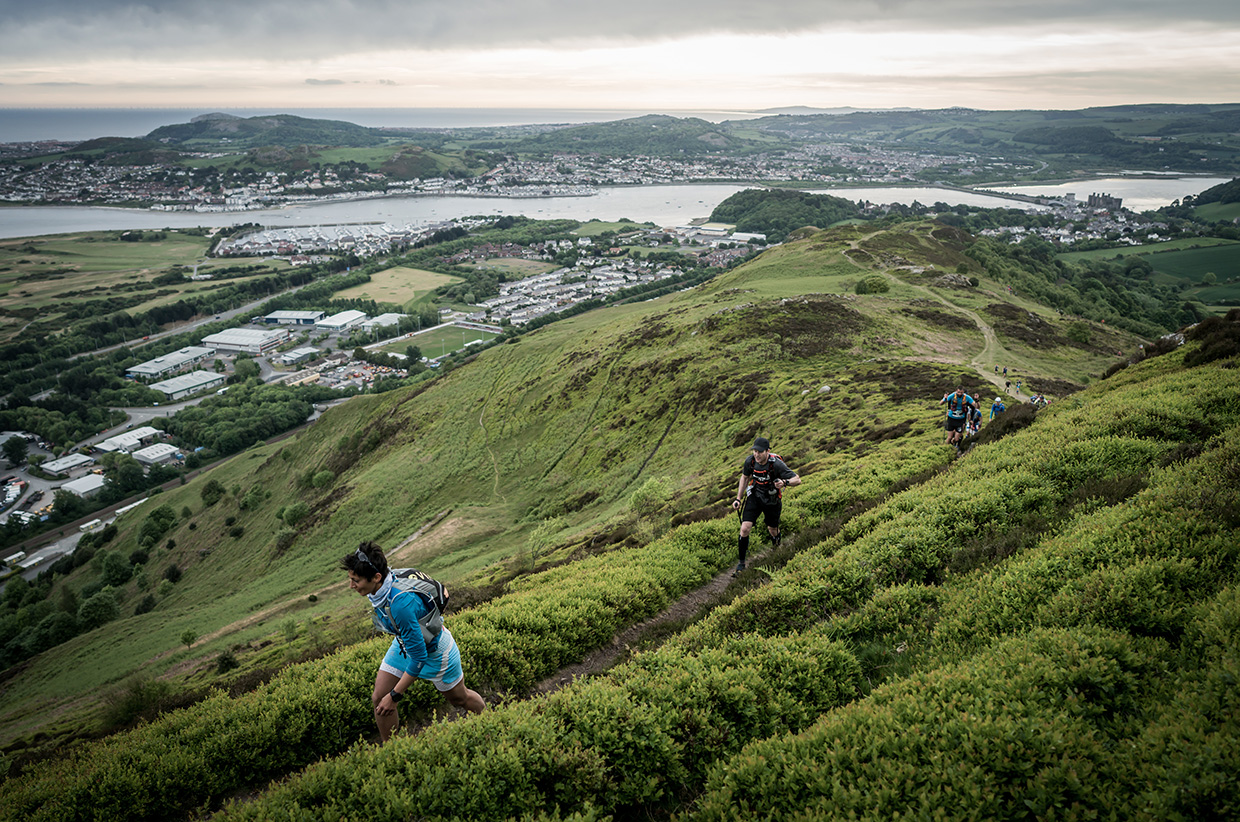
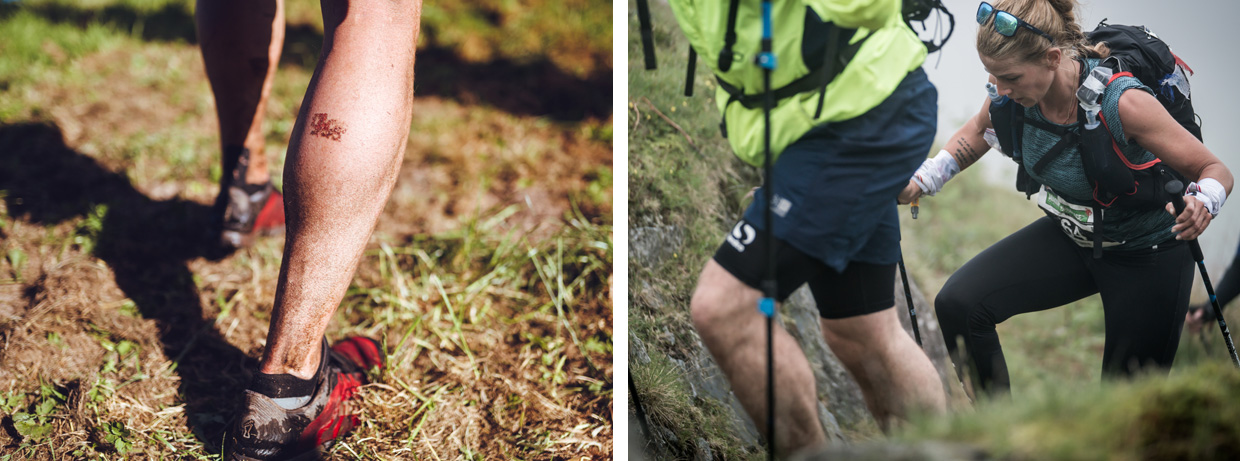
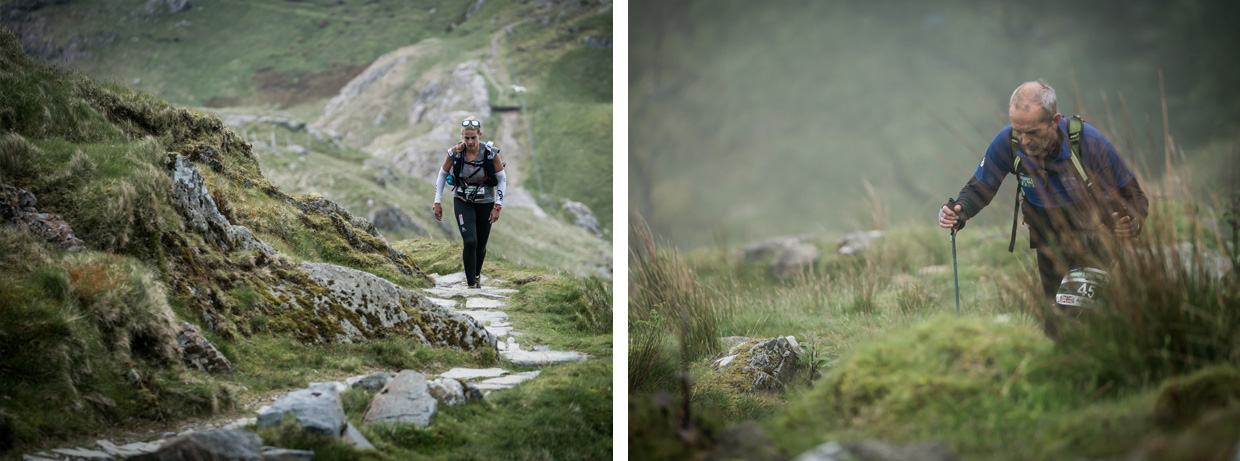
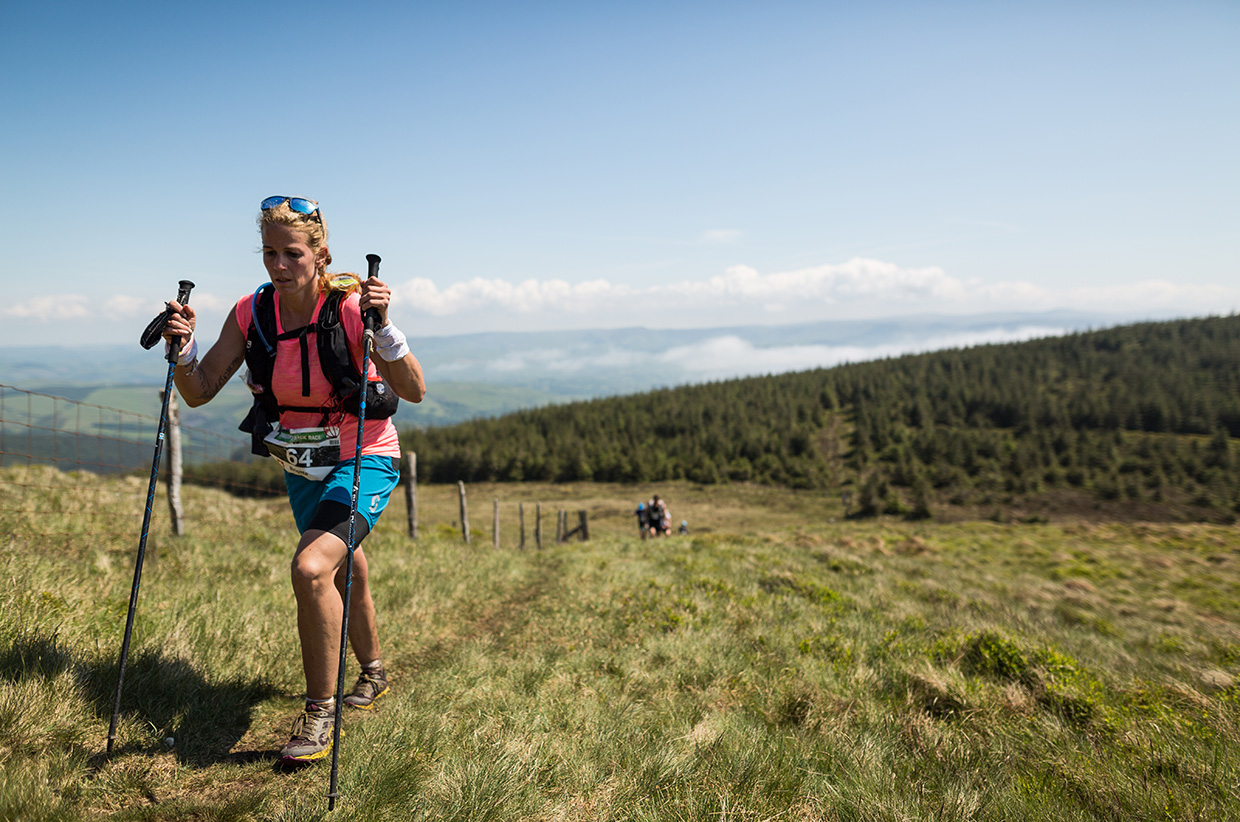
Predictably the race attracted a medley of hardened fell runners (including a smattering of internationals), former and current armed forces, and a handful of naive amateurs who had failed to read the small print. 223 lined up on Monday morning. Just 127 would cross the finish line on Friday afternoon, the 45% drop-out rate slightly lower than in previous years.
The Dragon’s Back Race requires four main skills: physical fitness, excellent mountain running technique, serious mental grit, and a good knowledge of the route (or high-tech GPS gadget). Those at the front are sublime combinations of all four. I scored myself at one or perhaps one and a half on a good day. Fortunately mental grit can compensate for most of the others.
The good news for me is that mountain runners appear to mature over time. The average participant was 41 and I frequently found myself being left in the dust (or more literally mud) of people nearly twice my age. The oldest completer of the course was a remarkable 65 – as good an argument as any for increasing the mandatory age of retirement.
The men’s race came down to a gripping final-day contest between two of Northern England’s finest fell runners: reigning champion Jim Mann and challenger Marcus Scotney. The latter won in great style and set a new course record of just under 38 hours. The women’s title meanwhile was won by Carol Morgan of Ireland who placed an impressive 9th overall.
Perhaps as remarkable were the slowest completers of the course. Tom Withers took more than 80 hours to plod his way around. When one considers that there were only 112 hours in total this gives some indication of how little time was left for sleeping, eating and recovering.
The picturesque route took us past many of Wales’s finest sights: across the Carneddau, Glyderau and Snowdon massif, over the Moelwynion and Rhinogydd, up Cadair Idris and into the Elan Valley before finishing in the midst of the Black Mountains. While races in the Sahara or the Alps may have gained more attention over the past years, this was a welcome reminder of how underappreciated is Britain’s natural beauty – at least by the British.
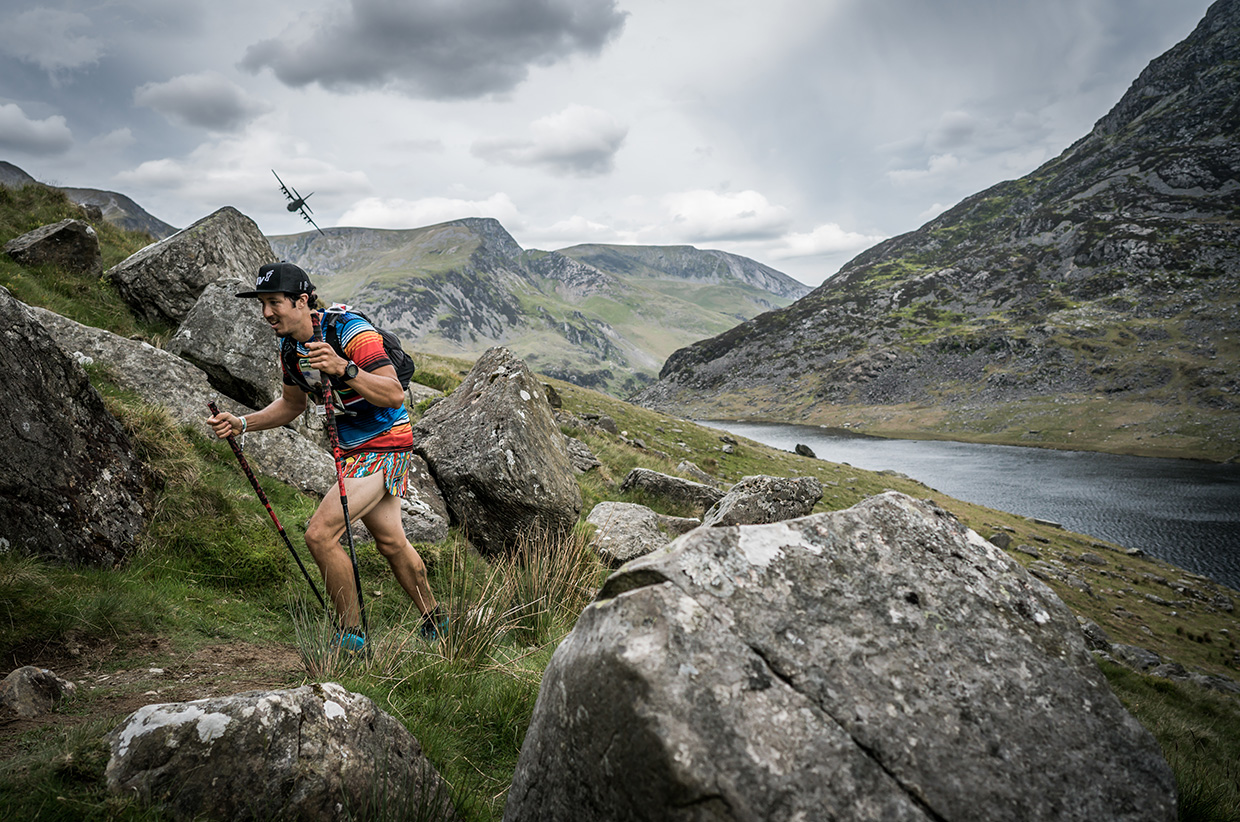
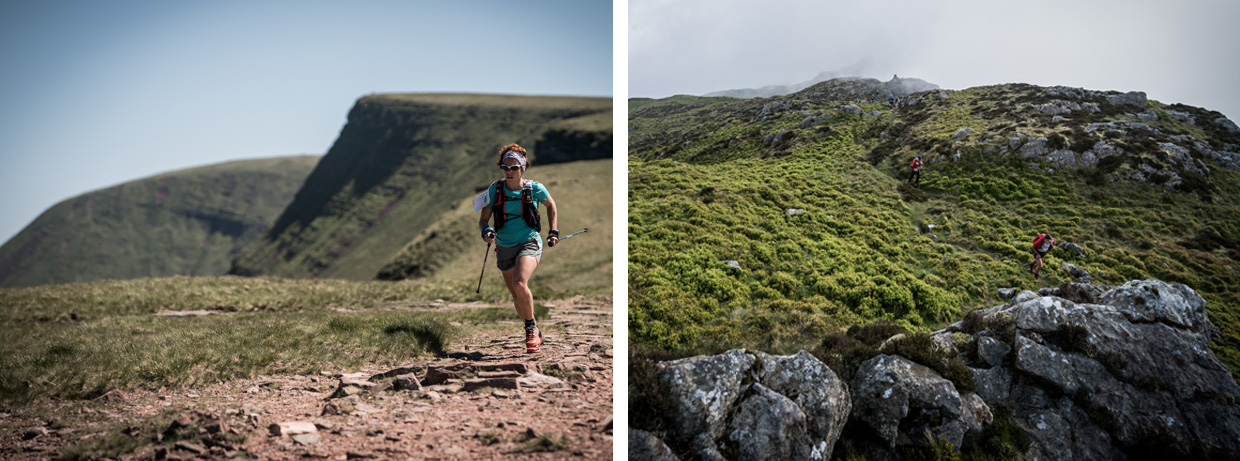
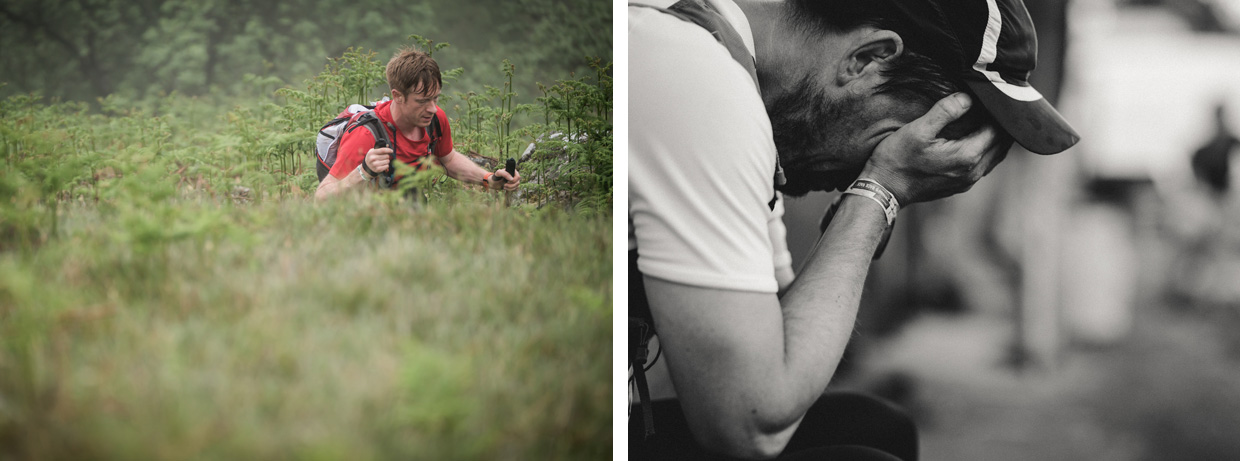
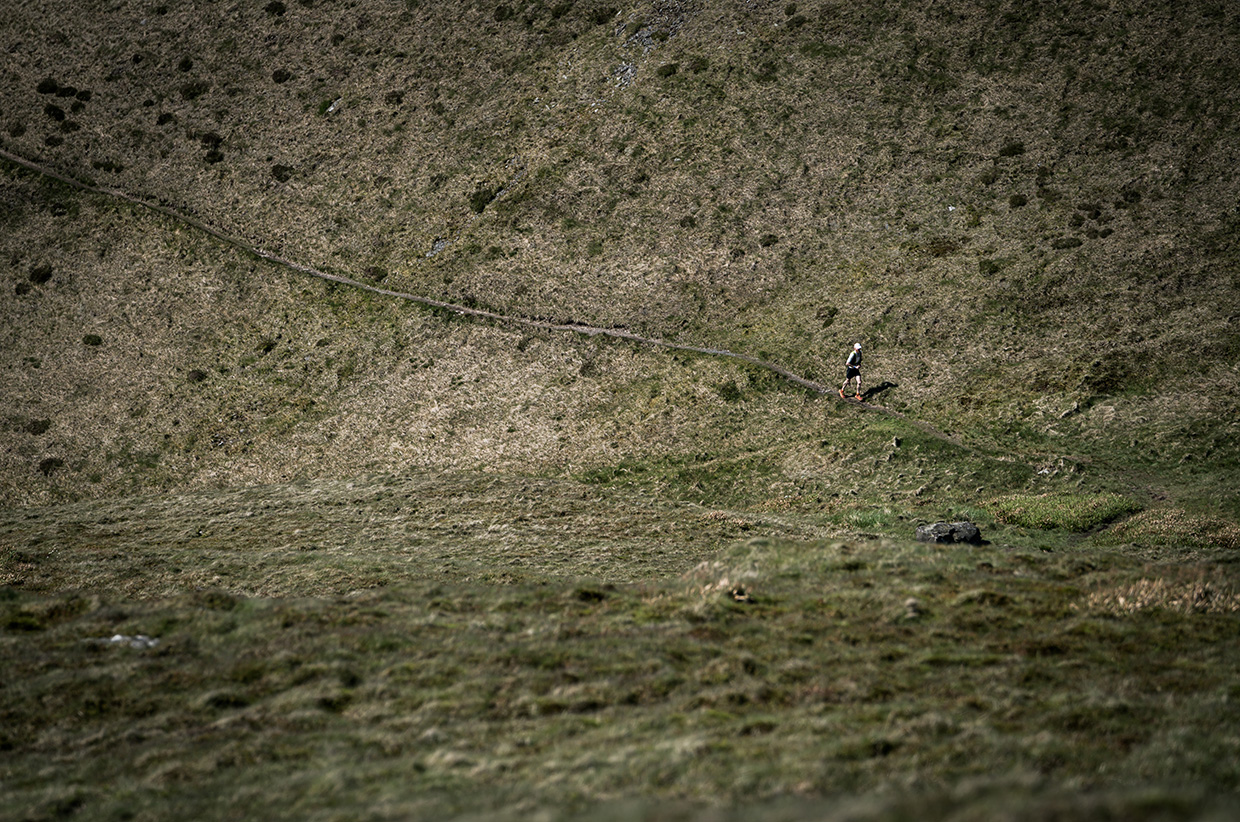
Based on years of previous experience I had packed for the cold and the wet. Several days of more than 25˚C heat were therefore a mixed blessing: on the one hand I was saved from the misery of perpetual damp but on the other heatstroke and dehydration became ever-present threats.
The shining lights of the Co-op in Machynlleth have never looked as appealing as they did on day three as we emerged from the hills. I rushed in and grabbed two bottles of Coca-Cola, a family-sized bag of crisps and three sandwiches. The staff and other customers cast suspicious looks and edged away, although that might have had more to do with the aroma.
In the world of endurance one-upmanship, some frame of reference is normally needed. Marathon des Sables pales in comparison. My 400km single-stage run across the Gobi Desert, although tougher from a sleep deprivation perspective, did far less damage to my feet. A former Royal Marine dismissed his military training as ‘nothing compared to this’. An ex-Gurkha questioned how many of his men would have completed the course. And a finalist in the BBC’s Ultimate Hell week barely scraped into the top 100.
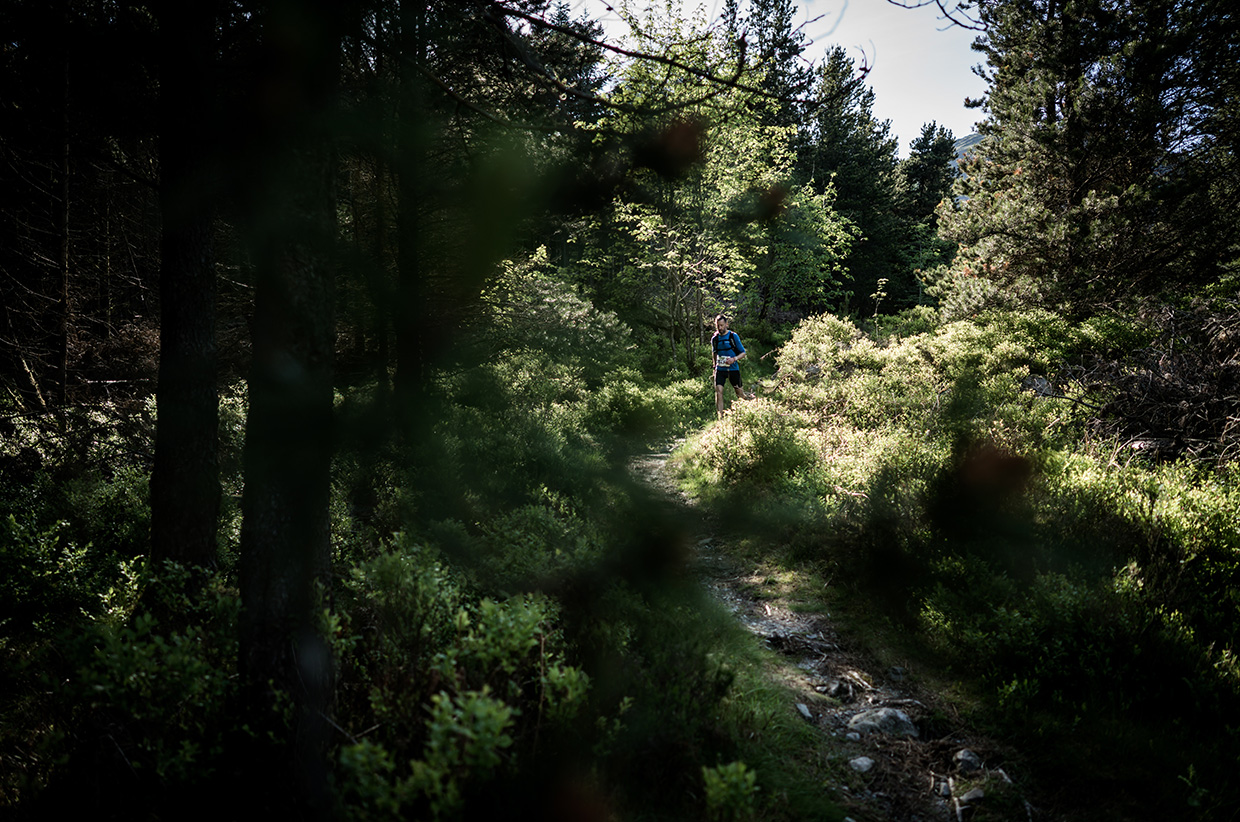
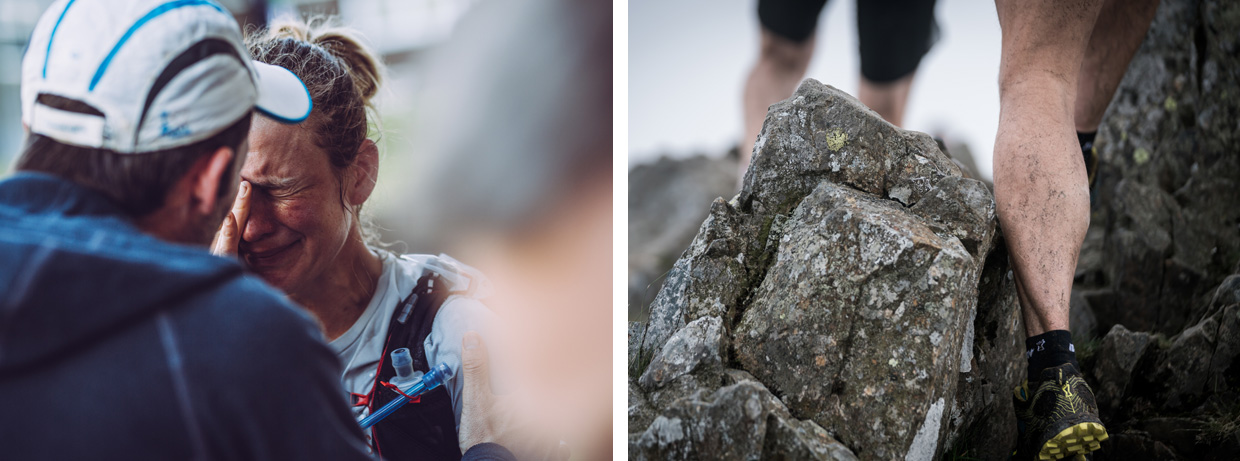
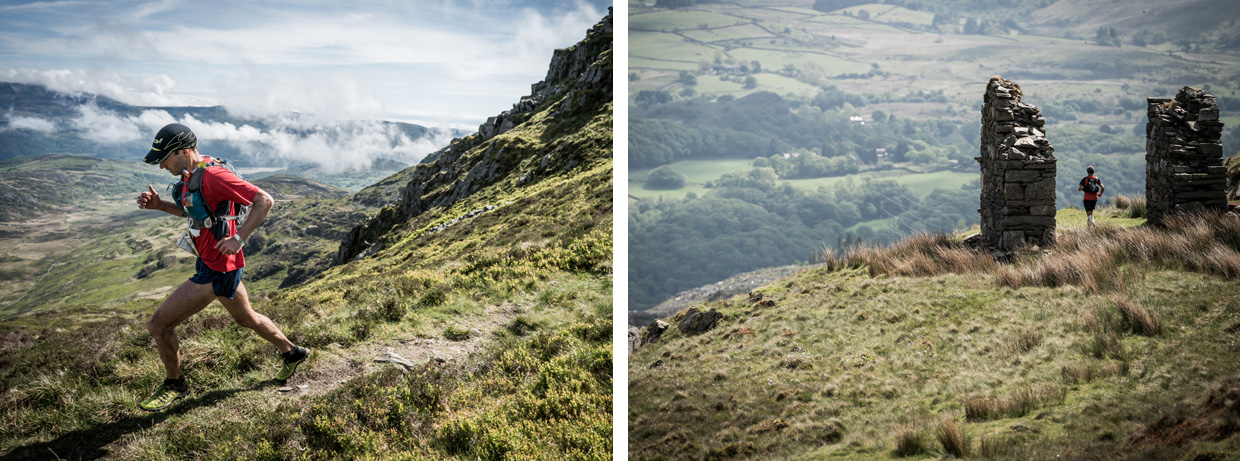
Even as a participant I struggle to understand fully the motivation for paying to put oneself through what amounts to contrived torment. But whether fighting mental demons, trying to prove something to oneself or others, or simply escaping the confines of modern life it seems that a growing number of people feel the need to spend a week convincing themselves that bloody-minded perseverance matters. And for this the Dragon’s Back Race is hard to beat.
Like many others I was happy just to finish. The pain that I endured during the week was inseparable from the enjoyment and satisfaction of having taken on a challenge and prevailed. The camaraderie and the scenery were added bonuses.
In the past I’ve often taken issue with people talking about ‘doing’ a place. But after completing the Dragon’s Back I feel comfortable saying that I have done the Welsh mountains. And one thing is for certain, the Welsh mountains have done me.
The legendary Berghaus Dragon’s Back Race™ follows the mountainous spine of Wales from north to south. This incredible five-day journey is 315km long with 15,500m of ascent across wild, trackless, remote and mountainous terrain. It is the toughest five-day mountain race in the world. For more information visit www.berghausdragonsbackrace.com or find them on Twitter @DragonsBackRace and Instagram @dragonsbackrace
Written by Alfie Pearce-Higgins: @jogonalfie
Photography by Ian Corless: iancorless.org
and Guillem Casanova: guillemcasanova.com


